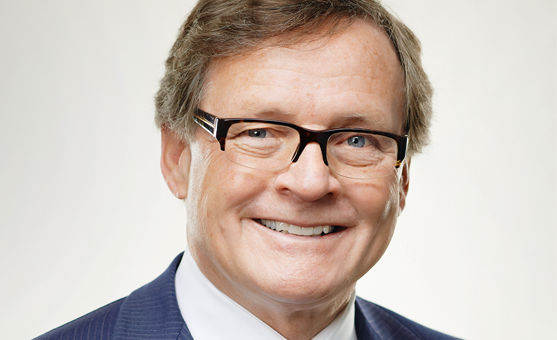What can computer pros, sometimes known as “geeks”, teach insurers? For one, design products tailored to today’s customers, who seek long-term guarantees but detest being locked in.
In a letter titled Innovation in Motion: What Insurers Can Learn From Computer Geeks, Jim Burton, chairman and CEO of PPI Canada, wrote that if there’s one thing the technology industry will never do, it’s simply stand still.
“There’s always another developer or programmer pushing the digital envelope, reinventing the best of what has come before, and blowing away customer expectations. Sometimes the advancements come before consumers even understand what those needs are. The insurance industry could take a page from that iPad,” Burton writes.
Because the clientele has evolved, insurers must design more flexible products, he adds. In an unrelenting low interest rate landscape, Burton is seeing many advisors go from universal life to traditional participating whole life, a popular concept in the ‘60s and ‘70s. He doubts this is the only solution.
“Consumers have transformed radically since the 1970s. They expect financial products and services to be more accountable and flexible, and to empower them with guaranteed rights and privileges. Traditional whole life can address the issue of low interest rates. But when rates rise again (as they eventually must), traditional policies don’t always offer the flexibility to adjust to markets that consumers expect,” Burton points out.
What do clients want?
Aside from adaptability and empowerment to make changes when they see fit, clients also want to control their cash flow. “They want financial products that won’t diminish their access to short-term liquidity, so they have access to cash whenever they need it,” Burton adds.
They are looking for long-term guarantees but do not want to be locked in if circumstances change. They value flexibility: being able to change insurance amounts from single to joint last-to-die coverage, to change investment strategies, and even to stop paying premiums (for disability, job loss or to allocate funds to an investment opportunity) without losing the coverage, he argues.
“It’s time for a hybrid life insurance solution, custom fit to the client,” Burton writes. This solution would allow for a more consultative and inclusive approach. “In today’s changing world, the insurance industry stands still at its own peril. We can move forward decisively by changing our client conversations and adopting a fresh approach to planning that recognizes that our lives are not linear. These days, we rarely retire at age 65 or die at life expectancy,” his letter explains.
Burton told The Insurance and Investment Journal that he launched EquiBuild in 2015, in concert with iA Financial Group, to meet these new needs for flexibility and adaptability. “Millennial customers still need the guarantees and the long term value, but they want the possibility of making choices in five, 10, 15 years and so on,” he says.
The face value of the insured capital provides a high guaranteed surrender value that starts accumulating as soon as the contract is issued. In addition, policyholders can temporarily stop paying premiums without ending the contract. “You can stop and go. That means you can stop paying the premiums for a while because of an unexpected event without losing the policy. It’s a materially different product from any existing ones. It offers much earlier value, and the stop and go features are really attractive, not only for the upscale market but also for the family market,” Burton explains.
Flexibility and adaptability
Insured also have access to amounts held in the fund. In a promotional document, PPI explains that by investing in an EquiBuild account, holders gain access to the returns minus the management expense ratio (MER). The net guaranteed rate of return in this account is 4.25% until 2019. The MER is 1.5%.
EquiBuild integrates LIMRA findings, Burton says. “In the development of EquiBuild, we looked at LIMRA studies that revealed that many mid-market customers were moving from universal life policies to term policies, even though term is not a long term solution and gets increasingly more expensive. EquiBuild provides long-term value, with stop and go features that bring flexibility and adaptability.”
The product also factors in low interest rates, which remain a big challenge, Burton adds. “With that in mind, we built our new product with the appropriate pricing based on today’s interest assumptions but also to give clients better performance bonuses if rates turn around and improve, and they will at some point,” Burton says.








